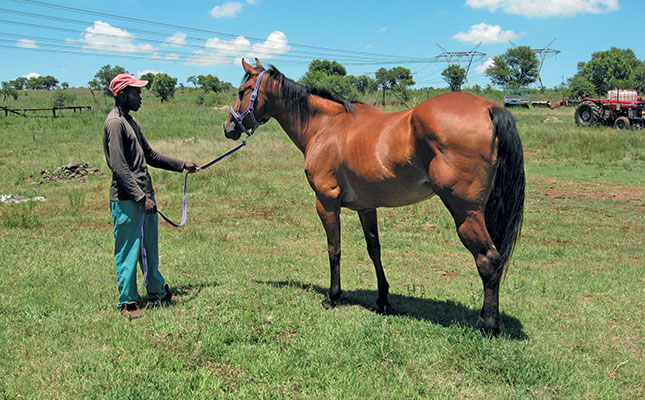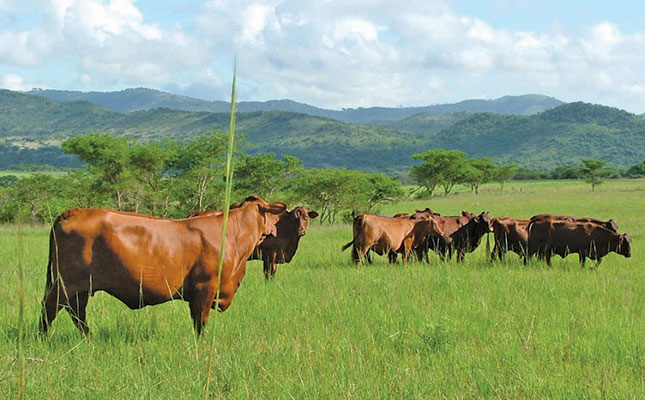
Photo: Dr Mac
A bay horse is a dark brownish-red, except for its muzzle, mane, tail and legs, and the tips of its ears, which are all black. Unless it has white leg markings, the hooves are also black.
The black markings on a bay horse are known as ‘points’, and all true bays have black points.
A brown horse is usually a dark seal colour over its whole body. Few brown horses have black points, and many have a lighter brown muzzle than the colour that dominates its body. Brown horses also have black hooves, and both brown and bay horses can have brown or black skin (except where they have white markings on their faces or legs).
Understanding the genes
The genetics of a bay are far simpler than those of a brown horse. Chestnut horses carry a double dose of the recessive e gene that codes for a red coat.
The dominant E gene, found in black horses, genetically codes for a black coat with underlying black skin.
A horse with a double dose of the dominant E gene will be black. All bays carry at least one dominant E gene, but this is modified by the dominant agouti gene (A), which suppresses the black colour, so that it appears only in the points.
All chestnut horses are a reddish-gold colour, but their legs, manes and tails are the same colour as their bodies. The genetics of a chestnut horse are recessive for both the e and a genes. This can be written as aaee.
A bay horse must have at least one A and one E gene (the dominant form of the agouti and the black gene). So the bay horse can be Aa or AA, EE or Ee. If the horse has the genetics aaEe or aaEE, it will be brown or black respectively.
In the days before modern genetics, breeders recognised that if you mated a bay horse with a bay horse you occasionally ended up with a chestnut foal (aaee) and, very rarely, a brown or black foal. This was especially true with English Thoroughbreds, which were mainly bay with a few chestnuts and an occasional black or grey.
In contrast to bays, brown horses are complicated, as the colour does not always reflect their genetics. Some brown horses are simply very dark bays and have black points.
Others are genetically black (EE) and only look brown due to an unbalanced diet or sun bleaching. Still others may be very dark chestnut.
Predicting colour
Horse genetics have advanced considerably over the past 20 years. Owners can now send the hair or blood of their breeding horses for colour evaluation to the Onderstepoort Veterinary Genetics Laboratory in Pretoria North. Information on submission of samples is available at up.ac.za.
If you already know the genetic colour of your horse, some Internet sites calculate the probability of the colour of the foal from the colour of the parents. A useful site is animalgenetics.us
Dr Mac is a veterinarian and an academic, and a stud owner.











